In December, Neenah Paper and PaperSpecs.com brought three digital printing experts (Scott Crockett of Keiger Printing, Ian Flynn of Direct Response Imaging and Mark Sarpa of Progressive Solutions) together for an unprecedented hour in the Digital Printing Dynamics webinar.
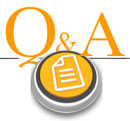
They were gracious enough to answer attendees’ after-the-webinar questions on line screens, white ink, laser cutting and more.
From Mark Sarpa, Progressive Solutions (uses HP Indigo)
Q: When doing stationary work (letterheads) for clients, have you had any issues with the printed pieces going through laser printers, copiers?
A: We do not have issues with this. Laser printers can heat up and cause offsetting, but this is very rare.
Q: What is the max line screen or its equivalent for on-demand presses?
A: Not sure I can answer this exactly, but here are the specification from HP.
| Resolution | Up to 812 and 1219 dpi at 8-bit, 2438 x 2438 dpi addressability HDI (High Definition Imaging) |
| Technology | 144; 160; 175; 180; 180m |
Q: I stopped using Indigo years ago due to banding of solid colors, which I do not have with NexPress. Has this been improved and can PMS grays eliminate the problem?
A: We rarely have an issue with banding. It has improved, but PMS grays can still be an issue.
Q: Are whites produced as a single hit?
A: It depends on the image. We have used single and up to four hits of white depending on the effect.
Q: What is a laser cut vs. a die cut?
A: Laser cut uses a digital die versus a conventional die. A keyline in Illustrator can create the digital die.
Q: How is registration and movement from page to page?
A: Very similar to an offset press. It needs to be watched, but can be controlled.
Q: Must we convert photos to cmyk or is there a better color space for digital?
A: RGB can be used.
Q: Polyester sheets – have you printed on them?
A: Yes. There are many options in these types of stocks.
Q: Is there much ink offset in digital printing as compared to offset printing?
A: There is no offset as seen in offset printing; however, there can be image memory on the digital blanket, which sometimes appears like offsetting.
Q: If the Indigo uses a laser, how can it print ink?
A: The laser writes the image on the blanket, then the ink adheres to the blanket much like offset printing.
Q: How does the wood substrate feed through the printer?
A: The wood is actually a thin veneer stock.
Q: Can you do digital printing on recycled coated papers that are more than 15 PCW?
A: Yes.
Q: How does the Kodak NexPress compare to the HP Indigo?
A: There is too much to list here. Really it is about what you are trying to accomplish to determine which platform works best for you.
From Scott Crockett, Keiger Printing Co. (uses iGen4)
Q: What is the max line screen or its equivalent for on demand presses?
A: The iGen has a max of 300 line. We use what is appropriate to reach the desired effect if there is any. Otherwise 175 gives us the best results with a broad palette.
Q: What is a laser cut vs. die cut?
A: Laser cutting of a single sheet vs. a press and metal die stamping out many sheets.
Q: What’s the dpi max?
A: More than it can use. Sorry, didn’t mean to be cute, but the math varies depending on what was purchased. The range is between 600×1200 to 2400x2400x1bit to 600×600 8 bit. Either way, we can rarely tell the difference when we’re matching digital and offset at 2450 dpi.
Q: How is registration and movement from page to page?
A: Spot on, but the prep paper cutting has more to say about that than the iGen registration.
Q: Must we convert photos to cmyk or is there a better color space for digital?
A: For us, you would just stay in RGB if you wish. Our preference is just pick something and be consistent and take the simplest route. The Creo RIP handles most of that on the fly. This obviously is different for all printers. Check with yours.
Q: If you’re using halftones, what line screen should the images be made in?
A: 175, but we control this anyway.
Q: Polyester sheets – have you printed on them?
A: Poly Yes. We print on many different synthetics. But you should be careful that the synthetic sheet is suitable for digital printing – some, due to the nature of the material, can melt. We haven’t had a lot of luck with the older vinyl cling materials.
Q: Is there much ink offset in digital printing as compared to offset printing?
A: If it is printed on an iGen, there should be none. If there is, it is a machine problem that should be fixed. There are very rare sheets that will just not hold a charge like BEER papers. There are also sheets made from strange and exotic fibers like elephant dung that will just not hold the image and resist the fusing process. In general, the short answer is NONE.
Q: Can you do digital printing on recycled coated papers that are more than 15 PCW?
A: Absolutely, if they are made.
Q: Does no dry time mean the ink is heat set?
A: In the case of an iGen, think of it as the largest laser printer on the planet.
Q: Question regarding all digital processes: can you run printed pieces through a laserjet printer (i.e. for printed letterhead) without ghosting? Is transfer/ghosting an issue?
A: For iGen, as long as there is no fusing process that exceeds 350 degrees.
Q: Have you ever tried printing on TerraSkin paper made of stone?
A: Yes. It was a very short run, but had no problems.
Q: Does it do coatings?
A: iGen not inline as an ink YET.
Q: Is the trend in digital presses to accommodate larger sheets a wider variety of papers, not just those labeled for digital printing?
A: For the presses, yes. For the paper companies, no. This is a class all by itself.
Q: On the embossed/stitched pieces, where was the deboss done? And were the Chinese papers put through the iGen also?
A: The embossing was offline. Most embosses we do are very heavy, and the fusing process has a tendency to flatten them out so we emboss postpress. We were told we couldn’t run Chinese handmade papers through the press, so we took that as a challenge and did it anyway. It took our most aggressive acoustic transfer setting, but it worked.
Q: Is the Adobe PDF Print Engine a software for designers or just the printers?
A: Primarily printers.
Q: Do you recommend building files using Pantone DS colors instead of PMS colors?
A: No. DS are designed as offset color sep values. Our machine is set up to catch PMS colors and change them to our corrected library. Anything you specify will print with the math you give it. I bet you aren’t giving your client a first proof off that press. If not, wow, will someone be surprised.
Q: Can all iGens run a 26″ sheet?
A: No.
Q: Do you keep any Neenah sheets as house stocks?
A: Yes and No. They are house stocks because they are used regularly. Much like the mills, when the need stops then they will stop.
Q: What is the biggest difference between the quality of digital vs. offset?
A: At Keiger, we run and match both together. They both have strengths and weaknesses so we stay away from those in matching projects. Otherwise, little to none.
Q: Do you all utilize numerous color profiles (for each substrate)?
A: No. We use CRACOL standards, and although there are slight changes between offset and digital setups, the iGen has far less problems with substrate consistency.
Q: Are there COATED RECYCLED papers that are good for digital printing with most digital presses?
A: The iGen uses whatever you want to use. There are sheets we won’t run through our offset presses because they are garbage. (They generally come from far-off places.) That is our gauge of what we will allow in our digital press. I can’t speak for the others.
Q: Thanks for the webinar! We learned a lot today… Diane and Pam at United Way of Massachusetts Bay.
A: You guys ROCK. Think of more highly targeted campaigns.
Q: Wait a minute. You mean RGB will actually yield a larger color gamut in the actual printed piece??
A: Yes. And no, we do not print in RGB. We are just talking about color math here.
Q: Do you like using colored stock?
A: Yes.
Q: Keiger Direct’s beautiful Chinese art book looks like an embossed cover. Is it? Is that done inline? Beautiful piece.
A: No, the embossing is still an offline postpress process. We just use our digital press a lot like our offset presses. Most of the rules still apply.
From Ian Flynn, Direct Response Imaging (uses Kodak NexPress)
Q: What is the max line screen or its equivalent for on-demand presses?
A: Direct Response Imaging – Kodak NexPress is 175 Line Screen/600 DPI.
Q: How is registration and movement from page to page?
A: Our registration is excellent, and front to back is perfect. No movement page to page.
Q: Must we convert photos to cmyk or is there a better color space for digital?
A: Depending on the application, RGB color might be better.
Q: Can you do digital printing on recycled coated papers that are more than 15 PCW?
A: We can print on some 100 PCW coated and uncoated sheets.
Q: How does the Kodak NexPress compare to the HP Indigo?
A: Both are great machines with minor differences.
Q: Does no dry time mean the ink is heat set?
A: NexPress fuses toner with heat, so no dry time needed.
Q: Is it truly invisible or can you see a “gloss”?
A: Kodak red fluorescing ink is virtually invisible unless illuminated with ultraviolet light.
Q: Is raised clear imagery like thermography?
A: NexPress Dimensional coating is slightly similar to old school thermography, but much more precise and useful to create textures and patterns.
Q: What is the depth of the Dimensional coating?
A: NexPress Dimensional coating depth is 25 microns – enough to create a noticeable raised feel to a printed image.
Q: Are the toners/inks acid-free?
A: NexPress toners are acid free, non-toxic and completely recyclable.
Q: Can you run plastic-type stocks on the NexPress?
A: Yes. Vinyl and Poly sheets print well.
Q: Can we get some samples of the clear imaging? I have a committee to impress.
A: Send an e-mail to [email protected] for samples.
Q: What 18pt C2S Board works best with your NexPress?
A: Tango, Carolina …
Q: What is the application for a magnetic stock or ink?
A: Any customized magnet you can think of.
Q: Can you run printed pieces through a laserjet printer (i.e. for printed letterhead) without ghosting? Is transfer/ghosting an issue?
A: NexPress sheets can NOT be run through laser printers.
Q: Does it print on Eco Solvent Inks and UV?
A: NexPress toners are non-toxic and approved for food packaging. We do not use any solvents for clean up, and recycle all major parts.
Q: Have you ever tried printing on TerraSkin paper made of stone?
A: Haven’t tried it on the NexPress. No one has asked yet.
Q: Does it do coatings?
A: Several inline coatings are available for NexPress. Clear coat (like matte AQ), Dimensional raised coating and invisible coating.
Q: Is the trend in digital presses to accommodate larger sheets a wider variety of papers, not just those labeled for digital printing?
A: Yes, NexPress will be able to print a 14 x 26 sheet later this year.
Q: Do you recommend building files using Pantone DS colors instead of PMS colors?
A: We do not recommend using DS colors as the NexPress uses PMS lookup tables to make accurate color matches.
Q: What is the biggest difference between the quality of digital vs. offset?
A: Most clients find the quality of NexPress digital printing exceeds expectations. In certain cases, offset printing is better to make an exact PMS color match.
Q: Are there COATED RECYCLED papers that are good for digital printing with most digital presses?
A: NexPress can print on a variety of recycled coated stocks widely available today.
Q: Wait a minute. You mean RGB will actually yield a larger color gamut in the actual printed piece?
A: Yes, RGB images can yield a larger color gamut.
 |
To listen …If you missed “Digital Printing Dynamics,” it’s not too late! Just click here to listen to the full webinar. A special thanks to Neenah Paper for sponsoring this event.
|

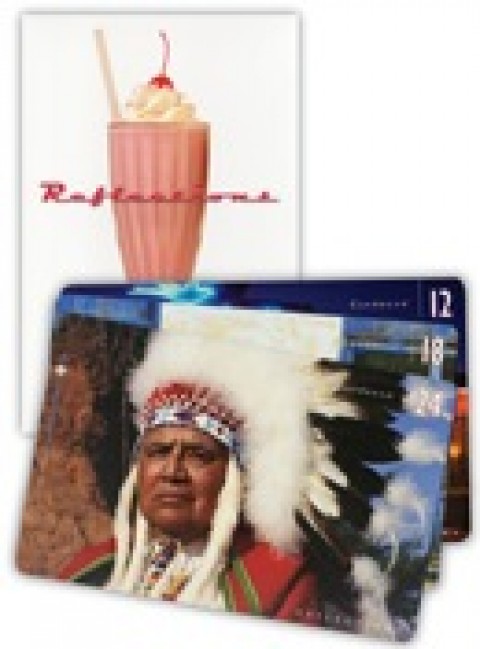
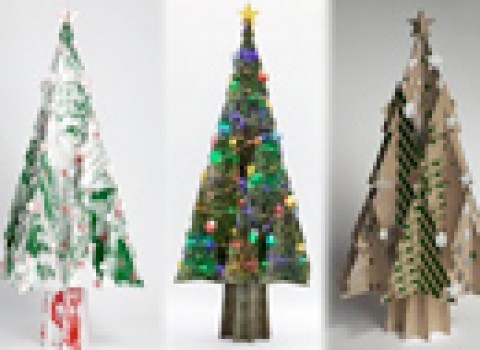
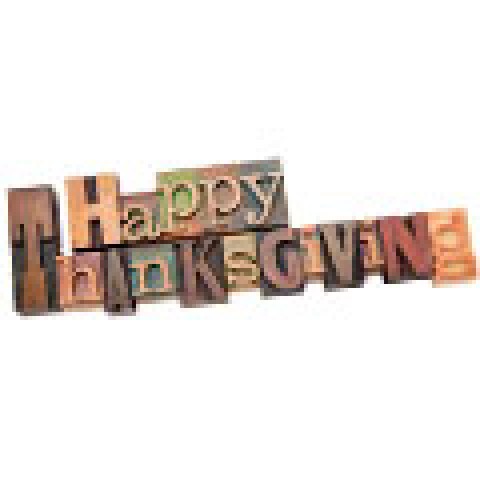
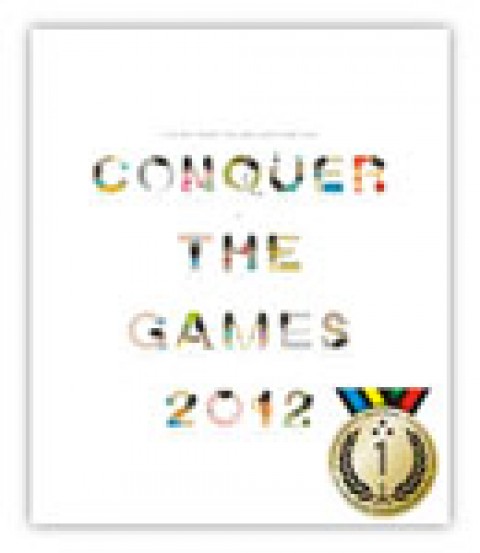
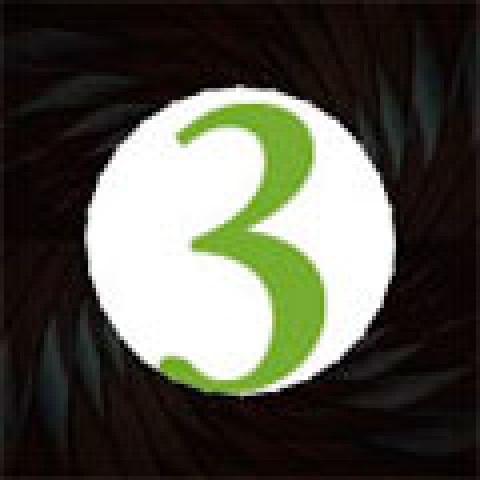
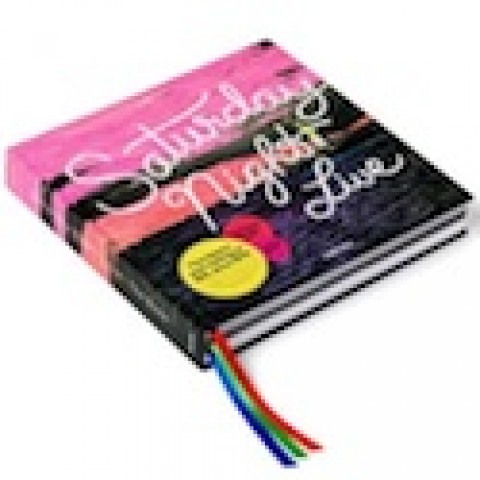
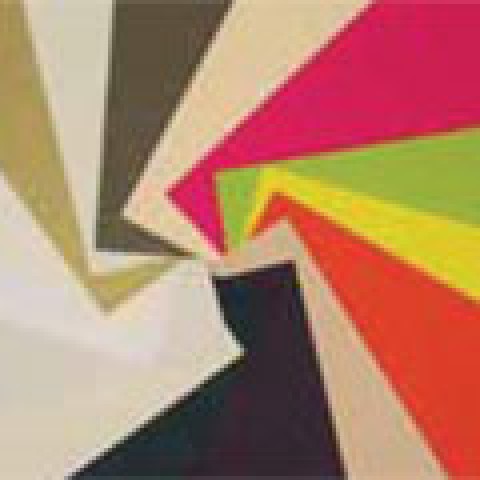
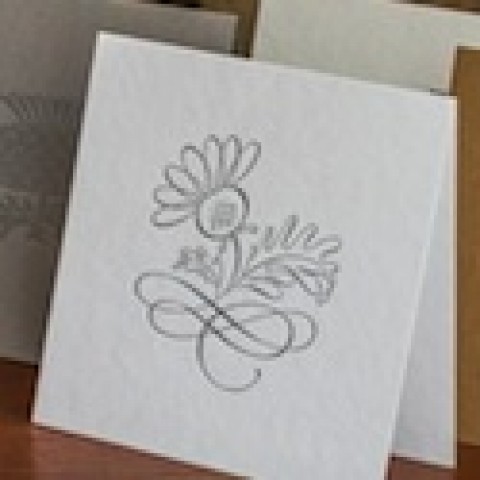




We have printed a job and when it is at folding and cutting there is an end that the PMS color is chipping. Id there a spray or something to keep it from chipping?
Thanks for the post – a lot of useful information. About to purchase a NexPress and enjoyed reading this…
I like your your blog. It’s a useful information for us. Thanks for sharing the post. Signvec technology also provides printer products likeDigital UV Printer,Digital Solvent Printer,Direct Digital Printer,Solvent Printers etc.
Digital printing – transfer of photos, images, corporate graphics, layouts (files) using a computer to a printing machine. It’s like drawing what is happening at home with a printer, followed by output to paper in the form of initial digital layouts. This type of personalization is common among printers, design studios and some advertising agencies. It belongs to the segment of operational printing – the production of which takes a minimum of time. The service is relevant when preparing for exhibitions, forums, other events, when little time is allotted for preparation and urgent production is required.